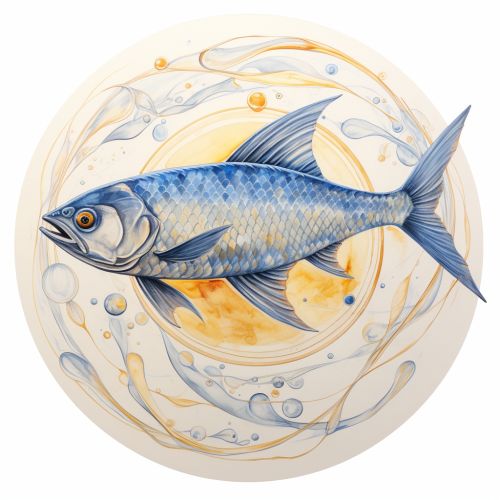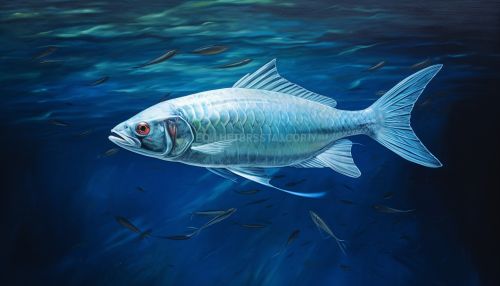Osmoregulation
Overview
Osmoregulation refers to the process by which living organisms maintain a constant osmotic pressure in their body fluids and cells, despite changes in the external environment. It is a vital physiological process that ensures the stability of an organism's internal environment, or homeostasis, and is crucial for the survival of both terrestrial and aquatic organisms.
Mechanisms of Osmoregulation
Osmoregulation is achieved through various mechanisms, which can be broadly classified into two categories: osmoconformers and osmoregulators.
Osmoconformers
Osmoconformers are organisms that maintain their body fluids in osmotic equilibrium with their environment. This means that the concentration of solutes in their body fluids is the same as that in their environment. Most marine invertebrates, such as echinoderms and mollusks, are osmoconformers.
Osmoregulators
Osmoregulators, on the other hand, actively regulate the osmotic pressure of their body fluids, keeping it constant regardless of the external environment. This is achieved through the removal or addition of water and solutes. Most terrestrial animals, including humans, as well as some marine and freshwater species, are osmoregulators.
Osmoregulation in Different Organisms
The process of osmoregulation varies significantly among different organisms, depending on their habitat and physiological adaptations.
Osmoregulation in Fish
Fish are excellent examples of osmoregulators. Freshwater fish live in an environment where the concentration of solutes is lower than in their body fluids. To prevent excessive water absorption and solute loss, they excrete large amounts of dilute urine and actively absorb salts through their gills. Marine fish, on the other hand, live in an environment with a higher solute concentration than their body fluids. They combat dehydration by drinking seawater, excreting the excess salts through their gills and producing small amounts of concentrated urine.
Osmoregulation in Mammals
In mammals, osmoregulation is primarily carried out by the kidneys, which filter the blood and produce urine to remove excess water and waste products. The concentration of urine is regulated by the hormone vasopressin, also known as antidiuretic hormone (ADH). When the body is dehydrated, the secretion of ADH increases, causing the kidneys to reabsorb more water and produce concentrated urine. Conversely, when the body is overhydrated, ADH secretion decreases, resulting in the production of dilute urine.
Osmoregulation in Plants
Plants also perform osmoregulation, primarily through the opening and closing of stomata on their leaves. When water is abundant, the stomata open to allow gas exchange for photosynthesis, but this also leads to water loss through transpiration. When water is scarce, the stomata close to conserve water, even at the cost of reduced photosynthesis.
Disorders of Osmoregulation
Disorders of osmoregulation can lead to serious health problems. In humans, these include conditions such as dehydration, overhydration, and various electrolyte imbalances. For example, hyponatremia is a condition characterized by low sodium levels in the blood, often caused by excessive water intake, certain medications, or medical conditions that impair the body's ability to excrete water.
Conclusion
Osmoregulation is a vital process that allows organisms to survive and thrive in a variety of environments. It involves complex physiological mechanisms and adaptations, and its disruption can lead to serious health problems. Further research in this field can provide valuable insights into the survival strategies of different organisms and potential treatments for disorders of osmoregulation.


